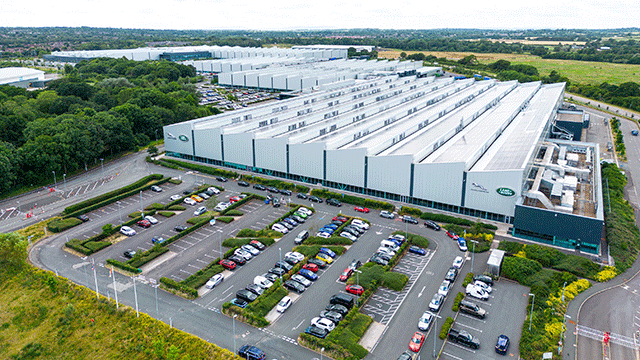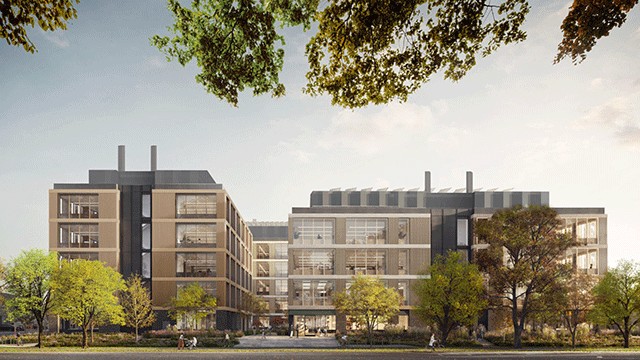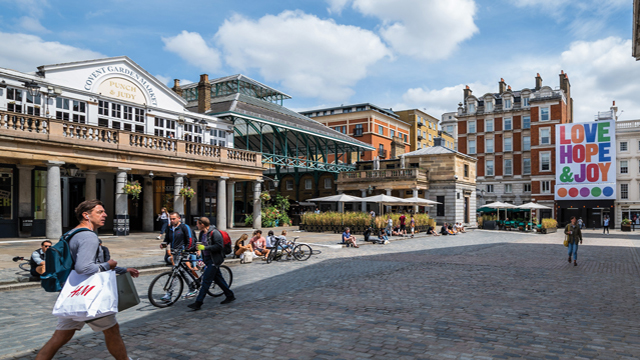As football becomes big business, clubs are finding new ways to exploit their brand image. James Robinson reports.
You can be sure that football is big business once men like Nigel Wray and Michael Grade start entering the fray.
Grade is tipped to take an executive post at the Premier League, while Burford chief Wray continues his mission to win over the hearts, minds and wallets of Nottingham Forest’s shareholders.
If his takeover bid is successful, Wray plans to float the club. It will be the latest in a spate of football club flotations. On New Year’s Eve, Sunderland was the latest club to go public, joining Tottenham Hotspur, Manchester United, Millwall and Leeds on the Stock Exchange. Southampton and Newcastle United are both preparing to take the plunge – proof, if it were needed, that football has finally completed its journey from the backstreets to the boardroom.
New ideas
Along with the flotations come new ideas about how to maximise profits from the sport. Bigger clubs, like Sir John Hall’s Newcastle United, are beginning to realise the value in a strong brand image. Hall’s Newcastle Sporting Club seeks to exploit the football team’s strong identity by fostering a myriad of teams, all competing under the Newcastle banner. It’s an idea that appeals to Wray too.
Hall has just snapped up an ice hockey and basketball team. He already has a rugby union club. Boxing is next on his list, and rugby league and athletics could follow. Themed bars, restaurants and shops, indoor stadia and sports centres are all part of the package. Fans do far more than just watch their team play; they become a part of it by buying the right products.
Graham Fryer of Drivers Jonas, who has worked on four new British stadia developments, believes that this trend will gather pace in the UK: “It is a direction that I can see all the clubs going in. If you can create a magnet that people want to go to on a Tuesday night when there is no football on, you are creating a brand image and you are selling that.”
This new sales pitch may mean that the often uncomfortable alliance between football clubs and retail and leisure developers formed in the 1980s may be heading for an early bath.
Following the Taylor Report into the 1989 Hillsborough disaster, most clubs struggled to implement its requirements for modern, all-seater stadia – and turned to retail or leisure development at their grounds to help foot the bill.
Wolverhampton Wanderers teamed up with Asda, which built a superstore next to the club’s new Molineux stadium. Chelsea took a more flamboyant approach, drawing up plans for flats, restaurants and a hotel on the periphery of its Fulham ground.
These marriages survived long after Sky TV money and rising ticket sales put club bank balances back in the black. The potential to maximise the value of their grounds tempted many clubs, even though they had the resources to upgrade their facilities without recourse to commercial development.
But in the wake of PPGs 6 and 13, many of these schemes are floundering, and an increasing number are being called in by the Department of the Environment. Portsmouth Football Club’s plans for a retail park next to its ground at Farlington were rejected by the secretary of state on the grounds that it was contrary to PPGs 6 and 13.
Bolton Wanderers’ joint venture with Bolton council and Orbit Developments was called in at the end of 1995, but eventually given the go-ahead last year. The 81ha (200 acre) scheme will provide a new 25,000-seat stadium for the club as well as 16ha (40 acres) of office and industrial development, leisure facilities and a 30,564m2 (329,000 sq ft) retail park.
Other projects may be less fortunate. Sunderland AFC’s plans for a £10.5m leisure development, including a multiplex cinema, bingo hall and nightclub alongside its planned 40,000-seat Wearmouth Stadium, are the latest to be called in. The scheme will go to a public inquiry in April.
As it becomes apparent that splicing a retail or leisure scheme on to a stadium is no guarantee that the development will escape Mr Gummer’s attention, leisure operators are getting cold feet.
“The majority of commercial leisure operators do not see quite the same amount of synergy between the stadia and [their schemes],” admits Fryer. “We are encountering great resistance.”
There are also concerns about whether such schemes make commercial sense for operators.
Hooliganism may be in decline, but businesses can still be adversely affected when 30,000 football fans descend on a ground. The problem is particularly acute for retailers, whose busiest periods – Saturday and Sunday afternoons – often coincide with games.
The increasing commercialisation of the sport is also changing the way in which it is perceived. Many planning authorities view clubs as a community asset. Many new stadia are regarded as urban regeneration projects and planning obstacles can be easily overcome.
Community asset
Middlesbrough’s Riverside stadium, completed last year, is one example of a successful regeneration project – the club even received financial assistance from Teeside Development Corporation.
Derby County’s new ground is a flagship project on reclaimed land at the city’s 81ha (200 acre) Pride Park, and Reading FC plans a new ground on contaminated land at Smallmead, to the west of the town.
Clubs like these have acted with the support of the local authorities. It is a reflection of the fact that football clubs were traditionally non-profit making – more a community facility than a licence to print money. But it seems unlikely that local councils, development corporations and the DOE will still take this view once Wray and Co begin paying out dividends to their shareholders.










